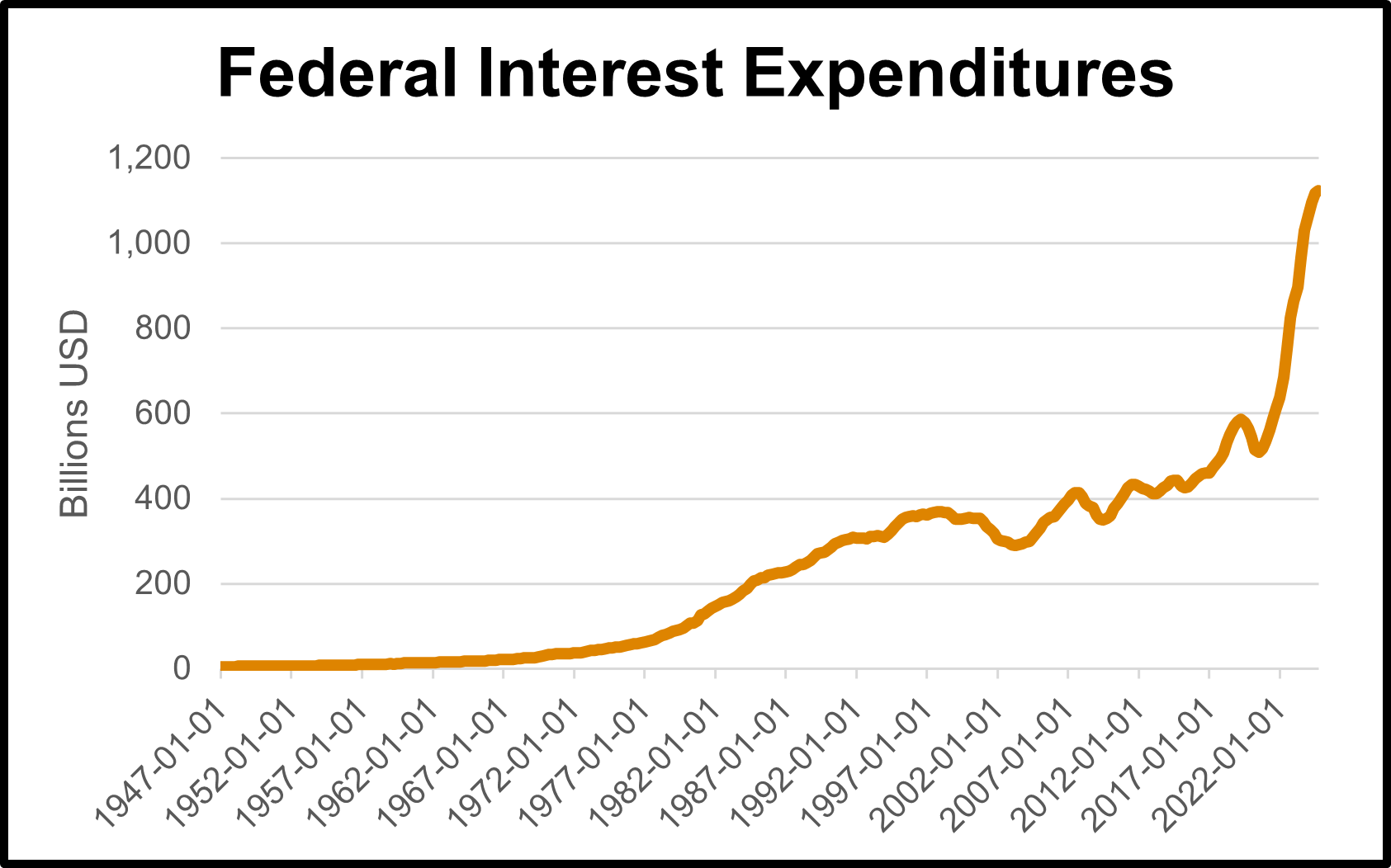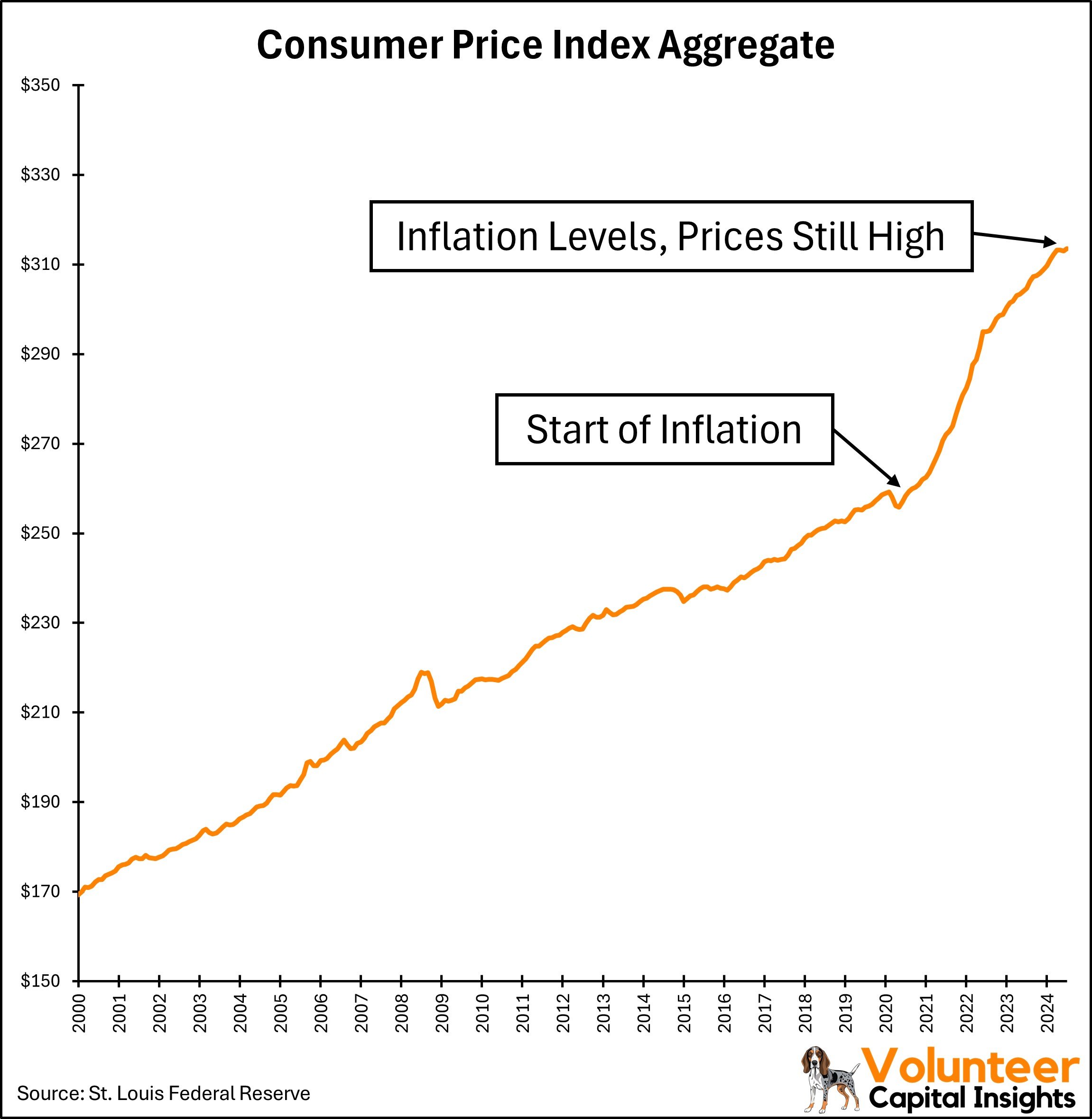Welcome to another issue of Volunteer Capital Insights! As we wrap up the semester this month, we decided to take the newsletter in a different direction by exploring the world’s high-speed rail (HSR) systems and where they have been major successes globally but have yet to gain traction here in the U.S. A few of the critical factors we cover include the world’s success with HSR, the U.S.'s historical attempts, the lobbying efforts to block it domestically, and California’s broken attempt. Thanks again for all your support, and we hope you enjoy this month’s issue.
Let’s break it down.
The Global Success of HSR:
Many countries have implemented HSR systems in a short period of time with minimal funding. Japan pioneered the technology for HSR systems in 1964 with the launch of the Shinkansen. Introduced at the 1964 Tokyo Olympics, the Shinkansen now connects nearly all of Japan's major cities. The rail system spans over 1,717 miles, and the construction cost equates to nearly $25 million per mile, unlike California's staggering $175 million per mile. Japan's original line was completed in five years and came in under the original budget. This success can be attributed to their funding from the national government and fare revenue.
European countries have also witnessed remarkable success with their HSR networks. France’s Train à Grande Vitesse, for example, connects major cities such as Paris, Lyon, Marseille, Bordeaux, and Lille. Their first line from Paris to Lyon took just seven years to build, focusing on building rail tracks only where needed, utilizing existing tracks to save money. This system was built in phases; however, due to shorter timelines and centralized planning, it allowed for streamlined communication and a more cost-efficient timeline.
The primary difference between European and American rail systems is their stable funding models and reuse of existing infrastructure. European funding has spanned over decades, with national agencies controlling budgets and planning. The national oversight simplified land acquisition, permitting, and construction, reducing overall challenges. While California has received funding from Proposition 1A, federal stimulus funds, and now cap-and-trade revenue (which is heavily tied to the volatile carbon credit markets), there is still no guaranteed long-term funding for the project. Given the poor leadership and the surging cost of infrastructure materials, the chances of securing long-term funding appear increasingly unlikely. Additionally, most European countries already had electrified conventional rail systems before HSR, making it cheaper to integrate new services without an overhaul of old infrastructure.
By: Katie Gilmartin
The Current State of the U.S. HSR:
Despite being a technological and innovation powerhouse, as well as one of the wealthiest nations in the world, the U.S. has fallen far behind other developed countries in the development of HSR. While countries in Europe and Asia have modernized their transportation systems with this, America's continued reliance on cars and less advanced trains leads to congestion and inefficiencies in transportation and infrastructure.
While the U.S. has train systems like Amtrak, there is no true HSR system. For example, Amtrak’s Acela Express, which runs along the Northeast Corridor from Washington D.C. to Boston, can reach speeds up to 150 mph but for only 34 of its 457-mile span, averaging 65 mph along its whole track. Furthermore, these peak speeds are still dwarfed by HSR systems around the world, with train systems in countries like France, China, and Japan cruising at an average of 200 mph and efficiently connecting metropolitan areas.
Back in 2022, a $31.8 million federal grant was awarded to improve services in the corridor connecting parts of Minnesota, Wisconsin, and Illinois. The project hoped to improve the rail infrastructure of this 411-mile corridor and increase the number of trips and passengers that could be facilitated. This grant came in the backdrop of a 40-year vision that aims to create a HSR system connecting Chicago, Milwaukee, Madison, and the Twin Cities with other parts of the Midwest. However, this grant would be nowhere near the funds needed to create that and this still could be something several decades away. For now, this remains merely a vision.
The U.S. has the technological and innovative ability to develop a HSR system. Rather, the inability to develop such a system is due to other factors. Lobbying by the automobile and the airline industries has led to less governmental investment in rail infrastructure, instead for highways and air travel. Additionally, the U.S. deals with conflicting political agendas that prioritize political expediency, as well as a more decentralized transportation policy across federal, state, and local jurisdictions. These issues make long-term infrastructure projects difficult to execute and maintain.
By: Calvin Roland
Why HSR Progress Is Lagging in the U.S.
Japan’s launch of the HSR system, ahead of the Tokyo Olympics, is the event that sparked America’s infatuation with HSR and ignited the start of public discourse about the possibility of the new technology being utilized in the U.S. and worldwide. However, one large hurdle quickly emerged: the powerful lobbying interests. Specifically, pro-HSR groups relentlessly battled with lobbyists from Southwest Airlines in Texas and the automobile industry, which delayed and disbanded HSR efforts.
In the early 1990s, a private company called Texas TGV Consortium aimed to develop a HSR line linking Dallas, Houston, San Antonio, and Austin. Southwest Airlines, headquartered in Dallas, saw this as an immediate threat to its market share on short-haul routes, especially on the lucrative Dallas-Houston route. To stop this development, Southwest employed several methods, including aggressive lobbying at both the state and federal levels, litigation, regulatory interference, and political donations. The lobbyists argued that if legislators were to approve this project, they would be inciting unfair competition and putting taxpayers at risk. Moreover, Southwest supported tighter regulations on the Texas TGV, pushing for environmental and operational studies that significantly delayed permits. By 1994, the project collapsed due to financial strain, allowing Southwest Airlines to preserve its dominance in intra-Texas travel.
More recently, in 2014, Southwest Airlines went as far as threatening to move its headquarters out of Texas if a new HSR project by the Texas Central Railway was approved. Although their threat wasn’t realized, their actions highlight the continued battle between private and public transportation.
While airlines fought to protect short-haul routes, another powerful industry — the automobile manufacturers — sought to preserve America's dependency on cars. Automobile manufacturers have long enjoyed a friendly U.S. transportation policy through massive investments such as the Eisenhower Interstate System (1956). As the idea of a national HSR system emerged, automobile manufacturers viewed it as a threat to car-centric American life. To prevent the transition to public transportation, manufacturers like General Motors, Ford, and Chrysler lobbied Congress to prioritize highway funding over rail investments, citing the idea of “freedom through cars.” This enabled billions of dollars to be funneled into roadways, while passenger rail systems starved. In a less direct method, car manufacturers utilized widespread advertising and influence on urban planning to create sprawling suburbs that were designed for cars, not rail networks. Systematic underinvestment in rail infrastructure and shifting political inertia against HSR projects made each new proposal an uphill battle.
Seeing the past tribulations that HSR systems have undergone, it may seem as if the technology is simply a fantasy of the American imagination. With changing public attitudes and new political momentum, many advocates for innovative transportation technology remain optimistic about the future of HSR.
By: Clint Hemminger
The U.S.’s Attempts at HSR:
California’s long-awaited HSR is still under construction and continues to face numerous challenges. Although the project was initially proposed in 1979, meaningful progress wasn't made until four decades later. Voters approved a ten-billion-dollar bond in 2008, which led to construction in the Central Valley beginning in 2015. As of January 2025, 119 of the planned 171 miles were under active construction. The rail line is planned to stretch from San Francisco to Los Angeles, aiming to increase rail ridership tenfold within fifteen years.
The main goal is to create an expansive network that connects California's many cities. However, extensive bureaucratic red tape continues to stall the project. For example, regulations such as the Buy America Act, requiring construction materials to be produced domestically, have increased both material costs and manufacturing time. Additionally, the project has faced political opposition from President Donald Trump, who has withdrawn funding and publicly criticized the effort. The rail is also significantly over budget, and securing additional funding has become increasingly difficult. Governor Newsom has already requested $40 billion in federal aid to help rebuild areas devastated by recent wildfires. This is due to declining gas tax revenue, which helps fund greenhouse gas reduction initiatives such as HSR.
This project now serves as a cautionary tale of launching major infrastructure without proper planning or execution. Many of the issues it faces today could have been avoided had California’s leaders mapped out the risks from the start. Now, the sunk-cost fallacy seems to be the main driver, with billions of taxpayer dollars already invested. The fate of the rail remains unclear, and only time will tell if it will ever be completed. Ultimately, if the U.S. could overcome extensive lobbying and inefficiencies, HSR could flourish, as many cities beyond California could greatly benefit from the technology, especially the northeast.
By: Mark Boss





























